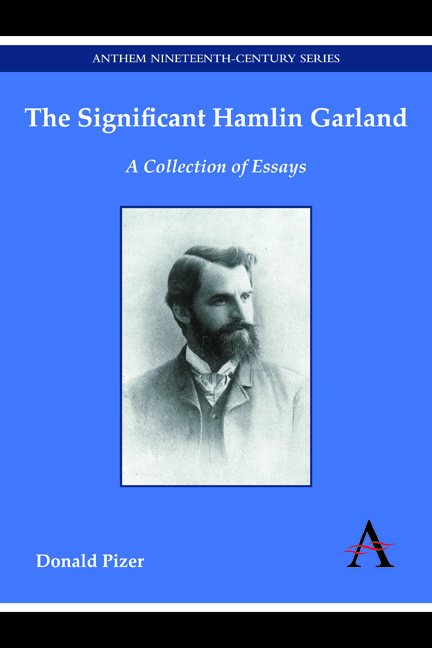Summary
Over the years I have occasionally been asked about why I began my career by working on Hamlin Garland, who was then, as now, not in the forefront of American writers. The answer is simple enough. I was a graduate student at the University of California, Los Angeles, from 1951 to 1955, doing most of my work with Leon Howard. Howard, knowing I was interested in late nineteenth-century American realism and naturalism (my first seminar paper for him was on Frank Norris), suggested that I might look over the Hamlin Garland Collection at the University of Southern California (USC) with an eye toward writing a paper (and perhaps a dissertation) on Garland. Since Howard was himself a scholar whose work always had a base in archival research, he was no doubt pointing me in a similar direction in that the Garland papers constituted one of the few archival collections of a late nineteenth-century author of any size or importance in the Southern California area.
Garland and his wife had moved from New York to Los Angeles in 1930 to be closer to their married daughters. Over the next decade, before his death in 1940, Garland became friends with Garland Greever, a professor of English at USC, who arranged for Garland to address student groups at USC and who otherwise cultivated his interest in the university. In addition, USC awarded Garland an honorary degree in 1935.
- Type
- Chapter
- Information
- The Significant Hamlin GarlandA Collection of Essays, pp. ix - xivPublisher: Anthem PressPrint publication year: 2014

